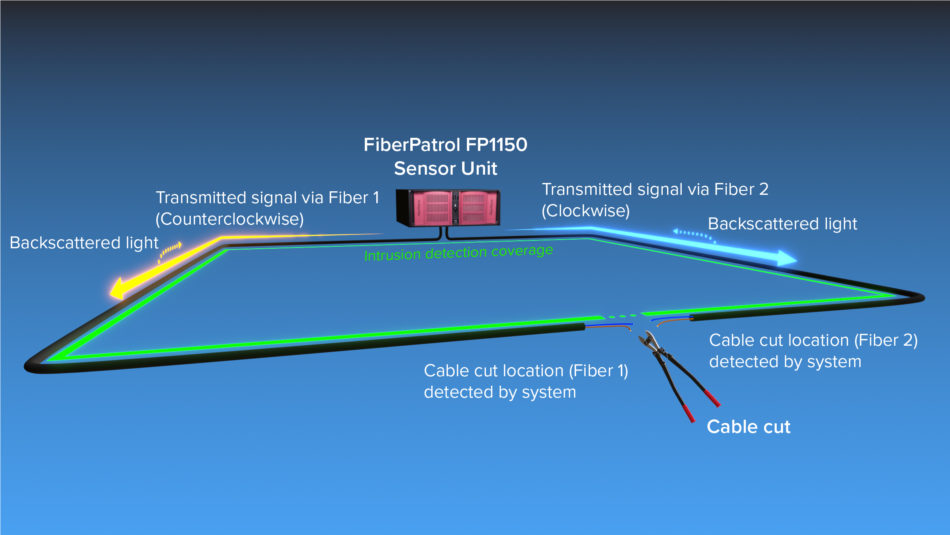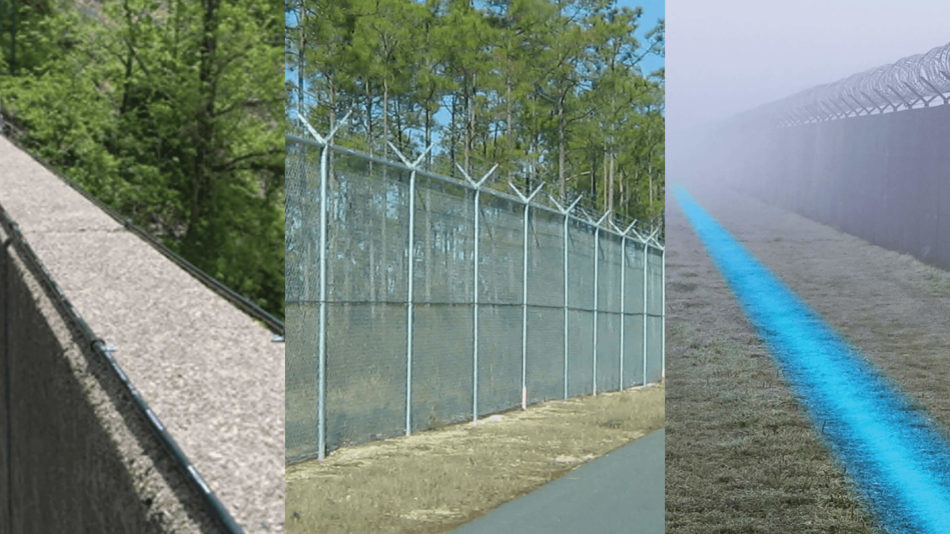Why Fiber Optic Safety And Security Equipments Are the Future of Security
The transition to fiber optic protection systems marks a substantial innovation in the world of security, driven by their remarkable information transmission capacities and durability to external disturbances. As the landscape of safety and security advances along with arising technologies such as AI and IoT, the possibility for fiber optics to enhance and redefine protection facilities comes to be significantly obvious.
Benefits of Fiber Optic Systems
Among the key benefits of fiber optic systems is their premium bandwidth capability, which assists in the transmission of large volumes of data over fars away without significant loss. This characteristic is especially valuable for safety and security applications that need the continuous surveillance and transfer of high-def video feeds, sensor information, and various other crucial information. Fiber optics can accommodate the expanding demands of modern security systems, making sure that information continues to be intact and reputable.
Additionally, fiber optic cables are much less susceptible to electromagnetic interference, which can be a significant problem in atmospheres with numerous digital tools. This resistance improves the stability of the information being sent, therefore minimizing the threat of information violations or system failings. Additionally, fiber optic systems are naturally much more secure than typical copper cables, as using a fiber optic line without discovery is exceptionally difficult.
The sturdiness of fiber optic wires likewise contributes to their charm. They are immune to environmental aspects such as dampness and temperature variations, reducing maintenance prices and enhancing system longevity. In general, these benefits placement fiber optic systems as a robust and effective selection for contemporary safety and security infrastructures, ensuring reputable and safe and secure data transmission.
Improved Information Transmission Rate

The ability to transmit huge quantities of information promptly facilitates the seamless combination of high-definition video clip feeds and advanced analytics. Security systems can now process and assess info in real-time, enhancing reaction times and situational recognition. Furthermore, fiber optic connections support longer transmission distances without destruction of signal quality, making them ideal for large safety and security networks.
The boosted speed of fiber optic systems not only improves the effectiveness of security operations but additionally minimizes latency. This is especially essential in important circumstances where timely decision-making can protect against safety and security breaches or alleviate prospective hazards. As companies continue to focus on safety and efficiency, the demand for quick and trusted data transmission will unquestionably strengthen fiber optic systems as a cornerstone look at this site of modern security framework.
Resistance to Interference
Fiber optic security systems regularly show phenomenal resistance to electro-magnetic interference, a critical advantage in settings susceptible to digital sound. Unlike typical copper cables, which can be negatively influenced by electro-magnetic fields, superhigh frequency disturbance, and various other kinds of electrical disturbance, fiber optic wires make use of light to transmit information. This inherent building makes sure that the signals remain clear and unaltered, despite surrounding electronic activity.
Making use of glass or plastic fibers in fiber optic innovation develops an obstacle versus interference, enabling for trusted information transmission even in difficult circumstances such as industrial centers, city locations with high electronic web traffic, or areas near radio towers. This particular significantly lowers the likelihood of signal deterioration or loss, making fiber optic systems particularly appropriate for safety applications where honesty and accuracy of data are critical.
In addition, this resistance to interference enhances the total performance and integrity of protection systems, ensuring that surveillance and sharp systems function effortlessly. In a globe where security is increasingly intimidated by innovative technologies, the resilience of fiber optic systems stands apart as a critical function, strengthening their standing as a vital element of modern-day security infrastructure.
Cost-Effectiveness Gradually
Considerable price savings can be attained gradually with the application of fiber optic safety systems. While the first investment might appear higher compared to standard copper-based systems, the long-term economic advantages end up being noticeable with minimized operational and upkeep costs (fiber security). Fiber optic cable televisions are naturally more resilient and less susceptible to ecological elements, which converts to lower replacement and Source repair service costs over their life-span
Moreover, fiber optic systems require much less power to operate, which even more decreases power costs. Improved information transmission capacities permit less repeaters and amplifiers, reducing devices financial investment and enhancing setup processes. The scalability of these systems likewise adds to cost-effectiveness, as organizations can expand their safety and security framework without incurring substantial added expenditures.
One more aspect to think about is the boosted performance in surveillance and response capacities that fiber optics offer. Enhanced real-time information transmission can lead to quicker event reaction times, potentially mitigating losses and responsibilities linked with protection breaches. In sum, the long-lasting advantages of fiber optic safety and security systems not only validate the initial expenditure yet likewise place them as an economically prudent option for organizations looking for robust protection solutions.

Future Technologies in Safety And Security
Progressing technologies are set to revolutionize safety and security systems, integrating expert system (AI) and artificial intelligence to boost risk discovery and action capabilities. These technologies will certainly allow safety and security systems to examine substantial quantities of information in real-time, identifying my link patterns and abnormalities that show potential hazards. This aggressive technique will certainly allow quicker decision-making and more reliable case responses.
In addition, the incorporation of the Internet of Points (IoT) is paving the means for interconnected protection devices, offering thorough surveillance and surveillance. Smart sensing units can pass on details concerning environmental changes, while automated informs can alert protection personnel promptly of dubious tasks.
Additionally, the advancement of biometric technologies will additionally bolster safety systems. Face recognition, fingerprint scanning, and retina identification are becoming more advanced, offering layers of verification that are difficult to bypass.
Final Thought
In conclusion, fiber optic safety and security systems represent a significant innovation in security technology, offering unmatched information transmission rate, resistance to electro-magnetic disturbance, and long-term cost-effectiveness. As the need for advanced protection services remains to expand, the integration of optical fiber with arising modern technologies such as AI, IoT, and biometrics will even more enhance security infrastructures (fiber security). The mix of these innovations will certainly guarantee a much more safe and responsive environment, solidifying fiber optics as a cornerstone of future protection systems